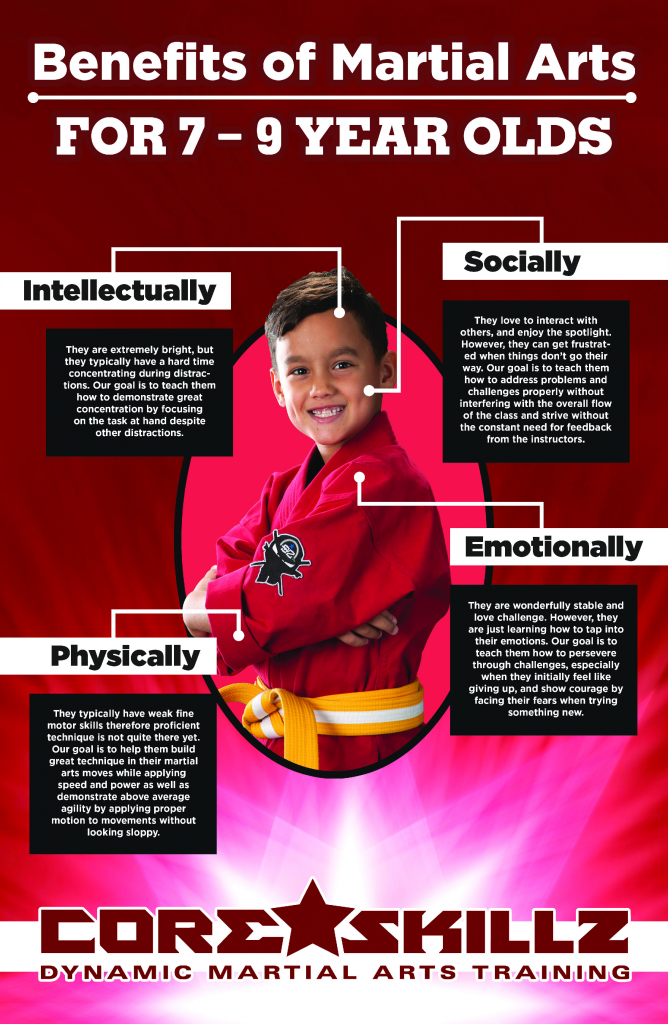Come Check Out The Fascinating Globe Of Martial Arts, Where Old Customs Fulfill Modern Performance - A Trip Right Into Background And Approach Waits For.
Come Check Out The Fascinating Globe Of Martial Arts, Where Old Customs Fulfill Modern Performance - A Trip Right Into Background And Approach Waits For.
Blog Article
Web Content Produce By-Gentry Martin
Enter the ancient world where martial arts were born out of necessity in diverse regions. Societies crafted distinct battling styles linked with historic contexts. Techniques advanced over centuries with committed technique and cultural exchanges. Today, modern-day martial arts mix traditional components for maximum effectiveness. Philosophically, martial arts emphasize self-control, self-improvement, and consistency. Respect, humbleness, and equilibrium are foundational principles assisting practitioners in the direction of growth and durability. Check out the depths of this rich history and ideology to discover the extensive influences shaping this enduring self-control.
Beginnings of Fighting Style
Fighting style came from numerous regions around the globe, advancing as functional combat systems to defend against dangers. These ancient combating designs were developed out of need, with each society crafting techniques fit to their distinct settings and obstacles. From the grappling arts of Jujutsu in Japan to the striking techniques of Kung Fu in China, martial arts were deeply linked with the historic, social, and social material of their corresponding societies.
In Japan, the samurai class refined martial arts like Kenjutsu, the art of the sword, which later progressed right into the more promoted form of Kendo. Meanwhile, in Brazil, Capoeira became a mix of dance and battle, created by enslaved Africans as a way to withstand injustice. Each martial art lugs with it a rich background and philosophy, reflecting the worths and beliefs of individuals who exercised them.
As you explore the origins of martial arts, you uncover a tapestry of human resourcefulness, durability, and the unyielding spirit of warriors throughout time.
Evolution of Methods
Via centuries of method and improvement, battle techniques within different martial arts have undertaken a profound development. From ancient designs like Kung Fu and Martial arts to extra contemporary self-controls such as Brazilian Jiu-Jitsu and Krav Maga, the advancement of methods has been driven by a combination of cultural influences, functional applications, and technological advancements.
One substantial aspect of this advancement is the cross-pollination of strategies in between different martial arts. For instance, methods from standard Japanese Jiu-Jitsu were incorporated into the creation of Judo by Jigoro Kano in the late 19th century. This mixing of designs has caused the advancement of hybrid martial arts like Mixed Martial Arts (MMA), which combine aspects of striking, grappling, and entry techniques.
Furthermore, the development of strategies has actually been shaped by the raising emphasis on performance and effectiveness in combat. Professionals have continuously sought to fine-tune their techniques via extensive training, trial and error, and competitors, causing the development of extremely specialized and effective fighting designs. On the whole, the development of strategies in martial arts reflects the dynamic nature of combat and the ongoing quest for renovation and advancement.
Thoughtful Structures
Checking out the underlying philosophical principles of martial arts provides insight right into their core worths and directing beliefs. At the heart of several martial arts techniques is the concept of self-control itself. By educating your body and mind to work as one natural system, you grow self-control that extends beyond the dojo or fitness center right into daily life. This technique includes regard, humbleness, and self-discipline, forming not just your physical capacities however also your character.
Another basic thoughtful structure in martial arts is the idea of continuous self-improvement. The trip of grasping a fighting style is endless, with experts continuously striving to better themselves, both literally and mentally. https://www.orangeobserver.com/news/2023/aug/11/womens-self-defense-class-offered/ on development cultivates strength, determination, and a development mindset that can be put on all elements of life.
Furthermore, martial arts stress the relevance of consistency and equilibrium. Techniques are made to use a challenger's energy against them, highlighting the concept of producing and rerouting pressure instead of fulfilling it head-on. This viewpoint reaches interpersonal relationships, advertising relaxed resolutions and good understanding. By accepting these philosophical structures, martial musicians not only improve their fight abilities however also cultivate a way of living centered on personal development, regard, and harmony.
Final thought
In conclusion, the background and ideology of martial arts use an abundant tapestry of practice, self-control, and self-improvement.
Consider Learn Alot more of Bruce Lee, who changed martial arts by blending different styles and approaches to produce his own one-of-a-kind kind of Jeet Kune Do.
Via dedication and development, martial musicians remain to press boundaries and influence others to reach their full capacity both in battle and in life.
